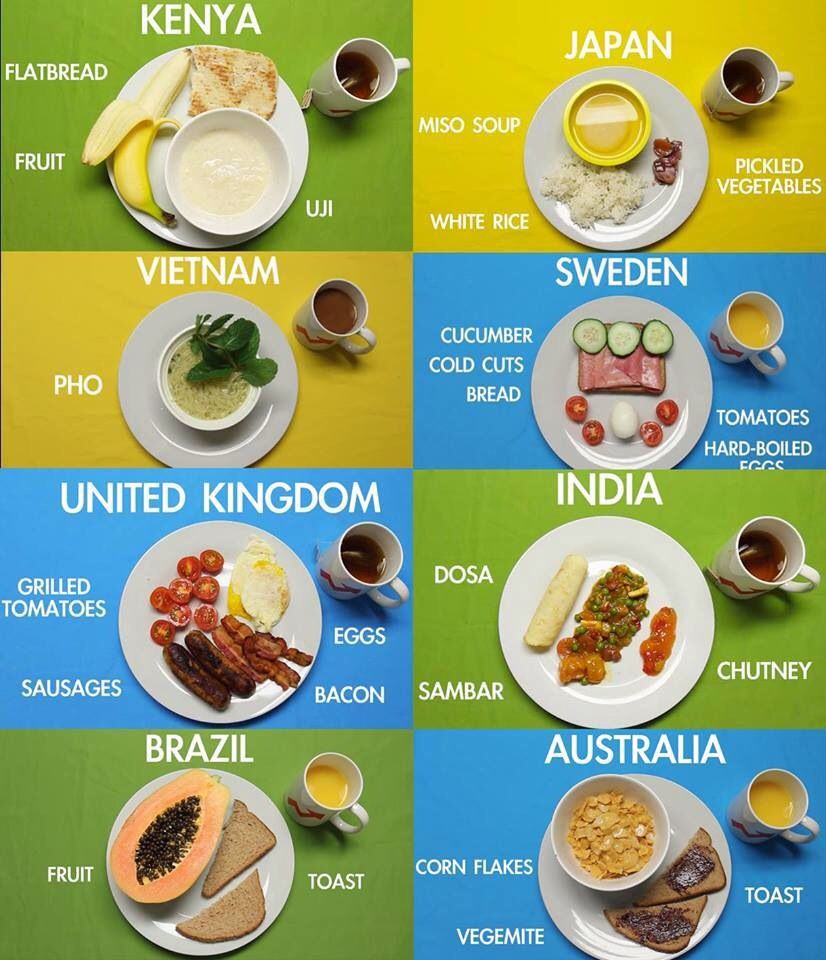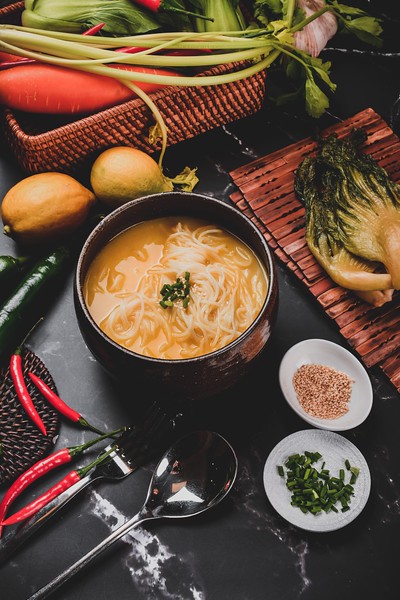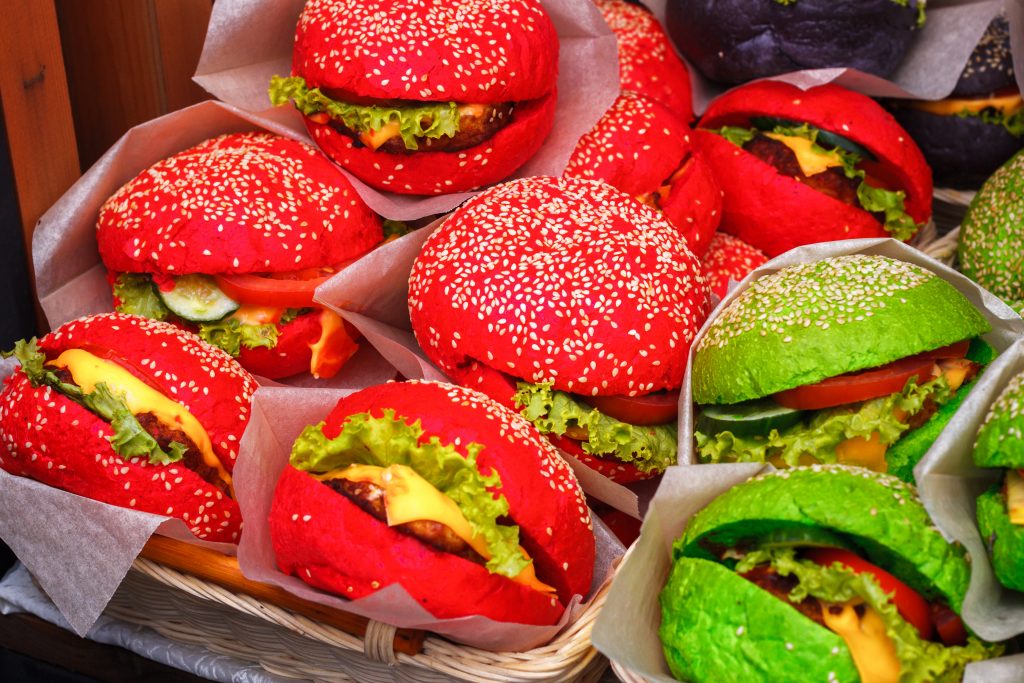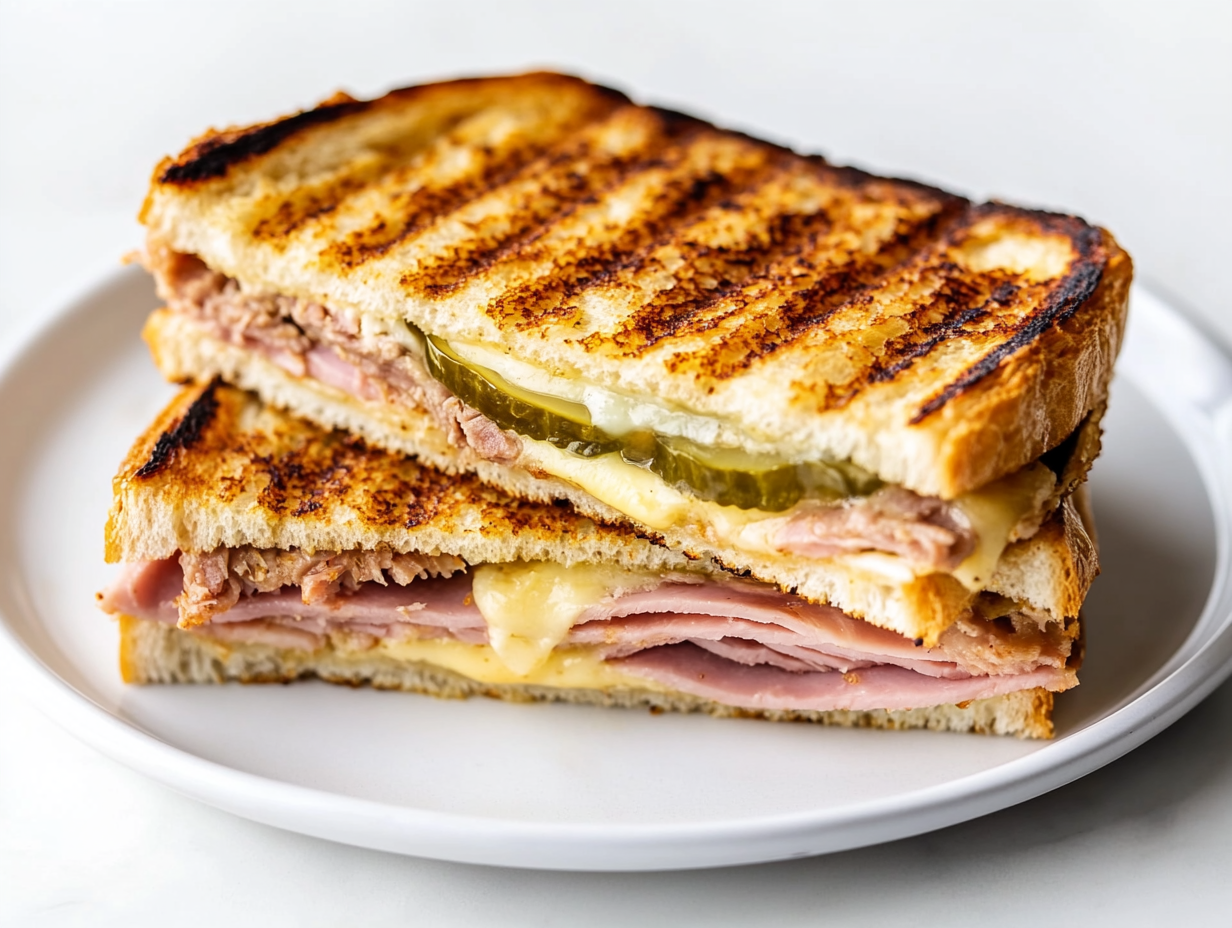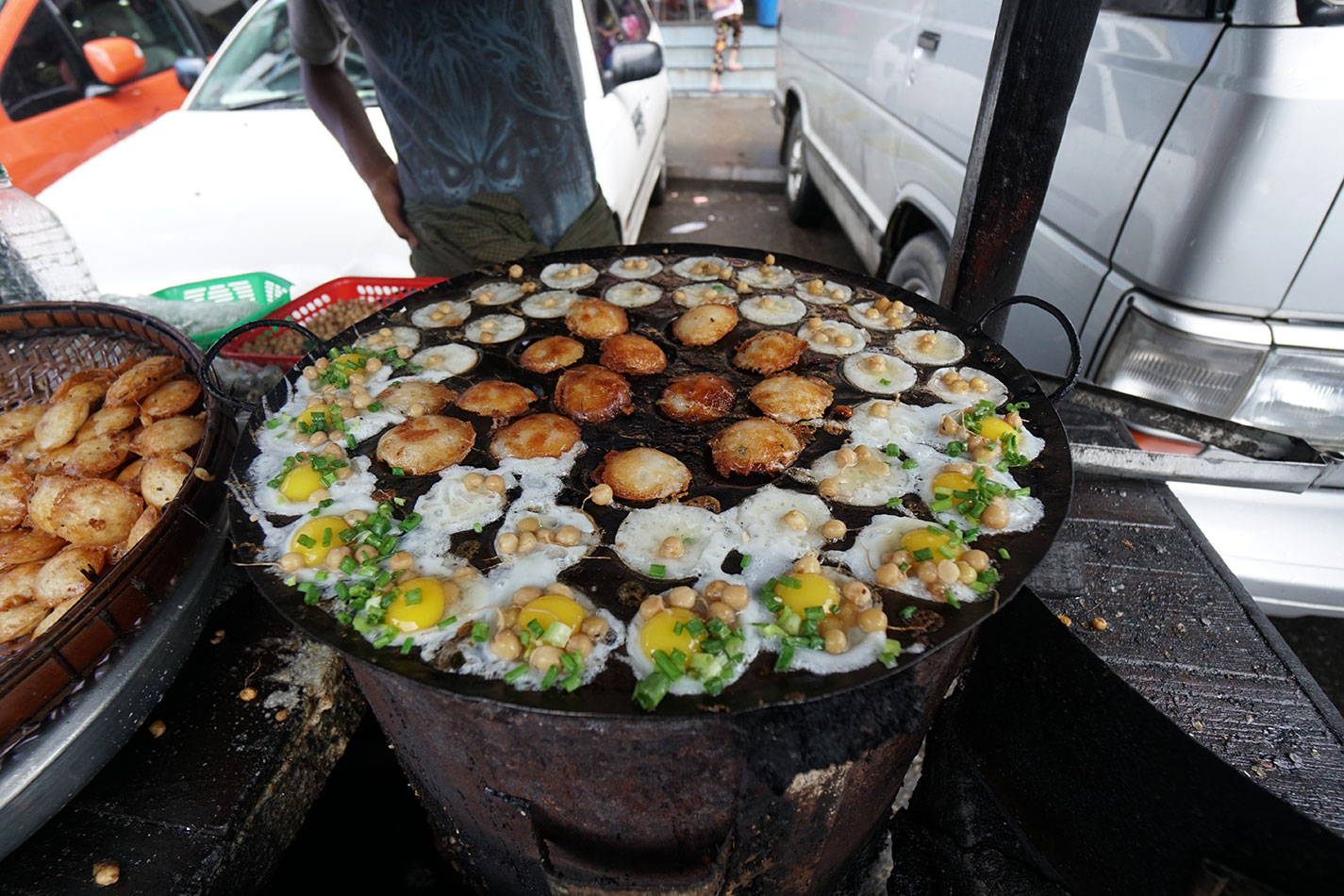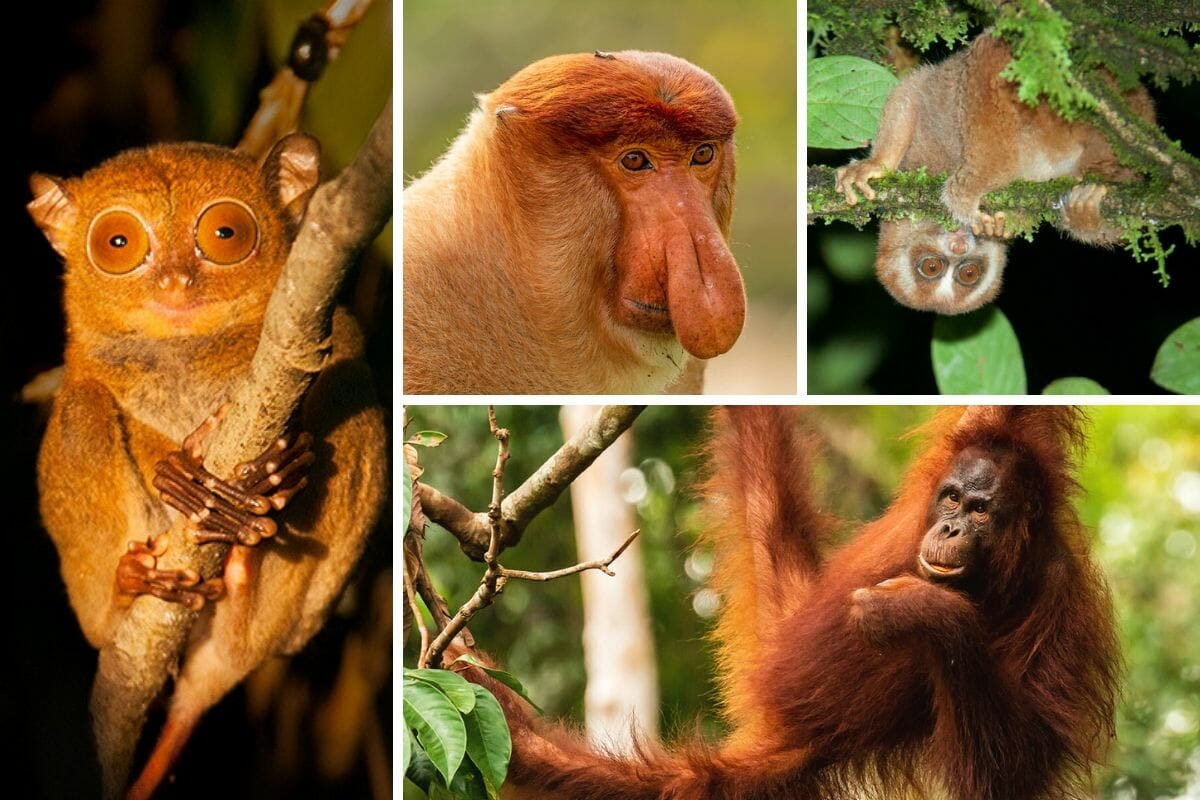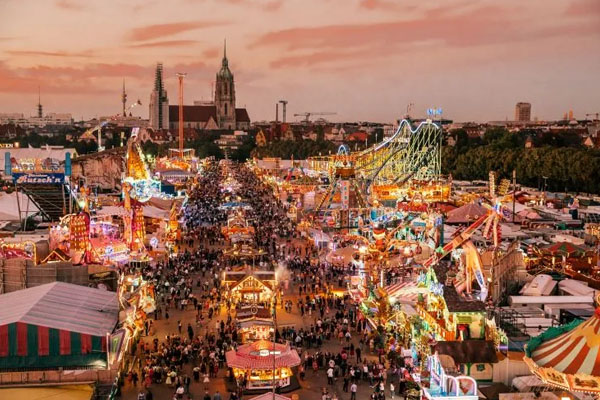
A Guide to Global Food Festivals: A Culinary Journey Around the World
Food festivals are more than just opportunities to stuff your face; they are vibrant celebrations of culture, heritage, and community, all centered around the universal love of food. From the spicy kick of chili peppers to the sweet indulgence of chocolate, food festivals offer a sensory explosion and a chance to immerse yourself in the local traditions of a particular region. This guide will take you on a culinary journey around the world, providing insights into planning your festival adventure, navigating the crowds, maximizing your tasting experience, and understanding the cultural significance behind the delicious offerings.
Part 1: Planning Your Food Festival Adventure
Before you pack your bags and book your flights, careful planning is crucial to ensure a smooth and enjoyable experience. Here’s a step-by-step guide:
1. Choose Your Destination and Festival:
- Identify Your Culinary Interests: What type of cuisine excites you the most? Are you a fan of seafood, barbecue, spicy food, sweets, or something more niche like truffle hunting? Answering this question will significantly narrow down your options.
- Research Potential Festivals: Online resources like festival websites, travel blogs, and food publications are your best friends. Websites like Fest300, Eventbrite, and specific tourism boards often list upcoming food festivals. Look for festivals that align with your culinary interests and travel preferences.
- Consider Location and Time of Year: Think about the location itself. Do you prefer bustling cityscapes, serene countryside, or exotic beach destinations? Research the climate during the festival dates to ensure comfortable travel.
- Check the Festival’s Website: This is where you’ll find the most accurate and up-to-date information about dates, times, location, vendors, activities, ticket prices, and any specific rules or regulations.
- Read Reviews and Testimonials: See what other attendees have to say about their experiences. Look for information about crowd sizes, vendor quality, accessibility, and overall atmosphere.
Examples of Global Food Festivals to Consider:
- La Tomatina, Buñol, Spain (August): A massive tomato fight festival, more about the spectacle than the food itself, but a unique cultural experience nonetheless.
- Oktoberfest, Munich, Germany (September/October): The world’s largest beer festival, featuring traditional Bavarian food, music, and, of course, plenty of beer.
- Pizzafest, Naples, Italy (September): A celebration of the birthplace of pizza, offering a wide variety of Neapolitan pizzas from renowned pizzaiolos.
- Maine Lobster Festival, Rockland, Maine, USA (July/August): A celebration of Maine’s famous crustacean, offering lobster in every imaginable form.
- The Gilroy Garlic Festival, Gilroy, California, USA (July): A pungent celebration of garlic, with garlic-infused dishes, cooking demonstrations, and live entertainment.
- Salon du Chocolat, Paris, France (October): A paradise for chocolate lovers, featuring chocolate sculptures, tastings, and workshops.
- World Street Food Congress, Various Locations (Typically Asia): A global gathering of street food vendors, showcasing the diverse and delicious street food cultures of the world.
- Albuquerque International Balloon Fiesta, Albuquerque, New Mexico, USA (October): A visually stunning event that also features a wide array of food vendors offering Southwestern cuisine.
- Harbin International Ice and Snow Sculpture Festival, Harbin, China (January/February): Although not solely focused on food, the festival offers unique culinary experiences in a winter wonderland.
2. Budgeting and Accommodation:
- Estimate Your Expenses: Consider the cost of flights, accommodation, festival tickets, food and drinks, transportation within the destination, and souvenirs.
- Book Accommodation in Advance: Popular festivals often lead to accommodation shortages, so book your hotel, Airbnb, or hostel well in advance to secure the best rates and availability.
- Look for Accommodation Near the Festival Grounds: This will save you time and money on transportation and allow you to easily access the festival.
- Factor in Food Costs: Food at festivals can range from affordable street food to more expensive gourmet options. Set a daily budget for food and drinks to avoid overspending.
- Consider Package Deals: Some travel agencies or festival organizers offer package deals that include flights, accommodation, and festival tickets. Compare these deals to individual bookings to see if they offer better value.
3. Travel Logistics:
- Book Flights and Transportation: Book your flights as early as possible to secure the best prices. Consider using comparison websites to find the most affordable options.
- Arrange Transportation to and from the Airport: Research transportation options from the airport to your accommodation, such as taxis, buses, or airport shuttles.
- Check Visa Requirements: Ensure you have the necessary visas or travel documents for your destination.
- Learn Basic Phrases in the Local Language: Knowing a few basic phrases in the local language can enhance your experience and make it easier to communicate with vendors and locals.
- Pack Appropriately: Consider the climate and the activities you plan to participate in. Pack comfortable shoes, sunscreen, a hat, and appropriate clothing for the weather. Don’t forget any necessary medications.
Part 2: Navigating the Festival and Maximizing Your Tasting Experience
Once you’ve arrived at the festival, it’s time to navigate the crowds, sample the delicious offerings, and soak up the atmosphere. Here are some tips for maximizing your experience:
1. Arrive Early and Plan Your Route:
- Beat the Crowds: Arriving early, especially on weekends, will allow you to avoid the worst of the crowds and sample food without long lines.
- Grab a Festival Map: Obtain a map of the festival grounds to familiarize yourself with the layout and locate vendors of interest.
- Plan Your Route: Strategize your tasting route to ensure you don’t miss any of the vendors you want to visit.
- Prioritize Popular Vendors: If there are specific vendors or dishes you’re particularly interested in, head to them early before they sell out or the lines become too long.
2. Tasting Strategies:
- Pace Yourself: Don’t try to sample everything at once. Pace yourself throughout the day to avoid feeling overwhelmed or overly full.
- Share Dishes: Sharing dishes with friends or family is a great way to sample more variety without overeating.
- Try Something New: Step outside your comfort zone and try dishes you’ve never had before. Food festivals are a great opportunity to discover new flavors and cuisines.
- Ask Questions: Don’t hesitate to ask vendors about their dishes, ingredients, and preparation methods. They are often passionate about their food and happy to share their knowledge.
- Take Notes: Keep a notebook or use your phone to take notes on the dishes you try, the vendors you liked, and any interesting facts you learned. This will help you remember your favorite experiences.
3. Hydration and Safety:
- Stay Hydrated: Drink plenty of water throughout the day, especially if the weather is hot.
- Wear Comfortable Shoes: You’ll be doing a lot of walking, so wear comfortable shoes that provide good support.
- Protect Yourself from the Sun: Wear sunscreen, a hat, and sunglasses to protect yourself from the sun’s harmful rays.
- Be Aware of Your Surroundings: Be mindful of your belongings and surroundings, especially in crowded areas.
- Follow Food Safety Guidelines: Ensure the food you’re eating is properly cooked and stored. Avoid eating food that looks or smells questionable.
- Know Your Limits: Be aware of your alcohol tolerance and drink responsibly.
4. Interacting with Vendors and Locals:
- Be Respectful: Be respectful of the vendors, their food, and their culture.
- Learn a Few Basic Phrases: Knowing a few basic phrases in the local language can go a long way in showing respect and appreciation.
- Engage in Conversation: Talk to the vendors and learn about their stories and their passion for food.
- Support Local Businesses: Food festivals are a great way to support local businesses and artisans.
- Be Open to New Experiences: Embrace the local culture and be open to trying new things.
Part 3: Understanding the Cultural Significance
Food festivals are more than just a celebration of taste; they often hold deep cultural and historical significance. Understanding the context behind the food can enrich your experience and provide a deeper appreciation for the local traditions.
1. Research the History and Tradition:
- Learn About the Origin of the Festival: Discover the history and origins of the festival. What prompted its creation? What cultural or historical events influenced its development?
- Understand the Significance of Specific Dishes: Research the significance of specific dishes or ingredients that are prominent at the festival. Are they associated with specific rituals, holidays, or cultural beliefs?
- Explore the Local Cuisine: Familiarize yourself with the local cuisine and its regional variations. Understand the ingredients, cooking techniques, and culinary influences that have shaped the food culture.
2. Observe Local Customs and Traditions:
- Pay Attention to Local Customs: Observe local customs and traditions related to food and dining. This may include specific etiquette, rituals, or beliefs.
- Participate in Cultural Activities: Many food festivals offer cultural activities such as music performances, dance shows, and craft demonstrations. Participate in these activities to immerse yourself in the local culture.
- Respect Local Traditions: Be respectful of local traditions and customs, even if they are different from your own.
3. Connecting Food to Culture:
- Food as a Symbol: Understand how food can be a symbol of identity, community, and heritage.
- Food and Storytelling: Listen to the stories behind the food. Often, dishes are passed down through generations and carry with them rich histories and traditions.
- Food and Celebration: Recognize how food is used to celebrate important events and milestones in life.
4. Responsible Tourism:
- Support Sustainable Practices: Choose vendors who use locally sourced ingredients and sustainable practices.
- Minimize Your Environmental Impact: Reduce your waste by bringing your own reusable water bottle and shopping bag.
- Respect the Local Environment: Be mindful of the local environment and avoid littering.
- Be a Respectful Tourist: Treat the local community with respect and be mindful of their culture and traditions.
Conclusion:
Attending a global food festival is an unforgettable experience that combines culinary delights with cultural immersion. By following this guide, you can plan a successful and rewarding adventure that will tantalize your taste buds, broaden your horizons, and leave you with lasting memories. So, pack your appetite, embrace the unknown, and get ready to embark on a delicious journey around the world! Remember to be respectful, open-minded, and prepared to savor every moment of this incredible cultural exchange. Bon appétit!



